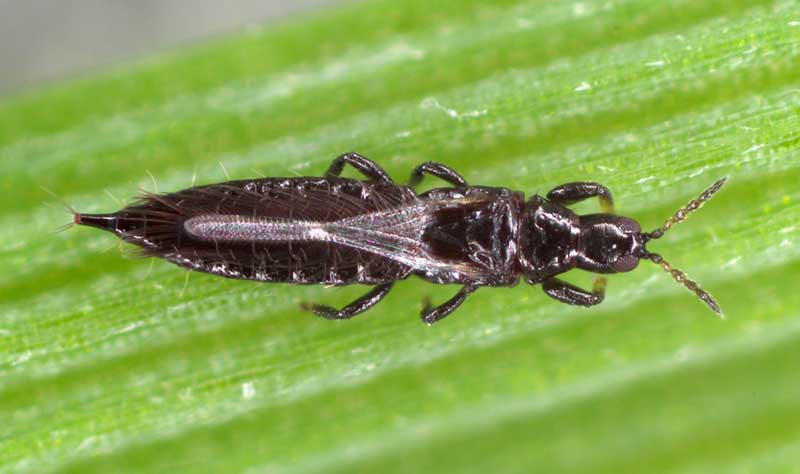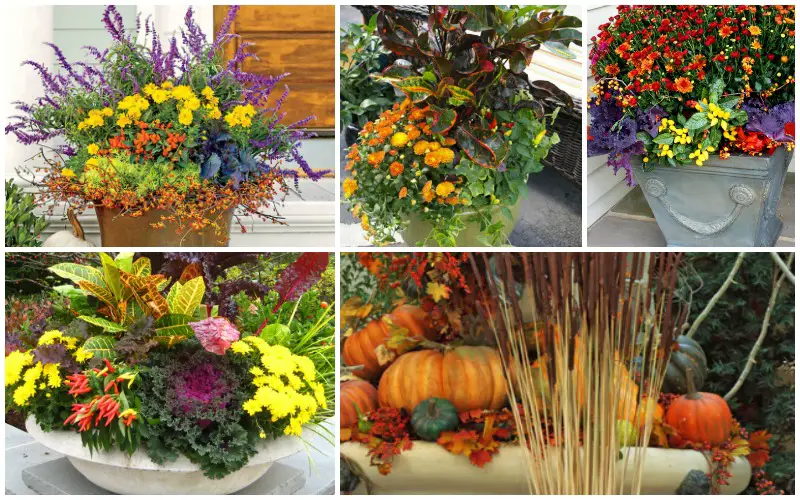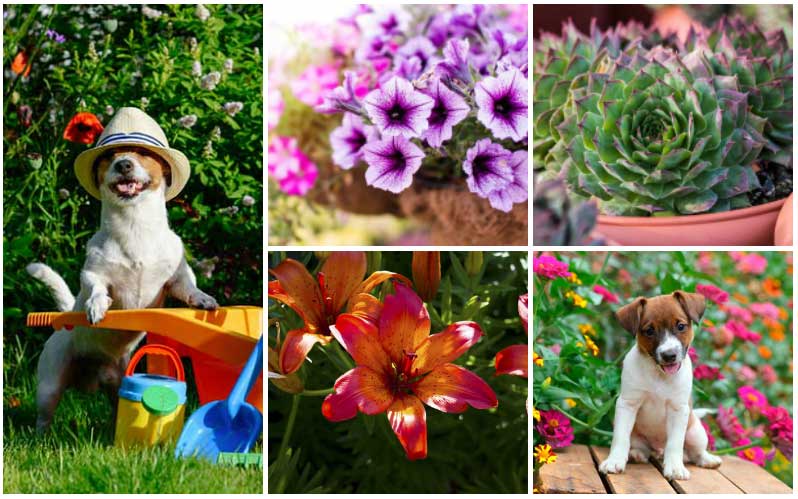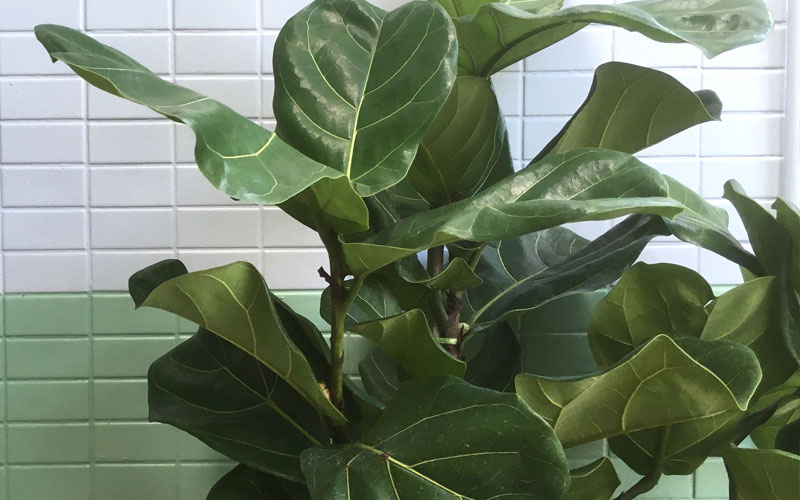
Have you ever seen a thriving fiddle leaf fig tree and thought that you would love to have a plant like that in your home? Of course you have, especially since this plant is becoming increasingly popular in the world of interior design. I decided to try my hand at growing this plant, and I found that it is not all that difficult to care for. In this guide, we are going to take a look at some tips that will help you keep your fiddle leaf fig happy and healthy.
Growing Fiddle-Leaf Fig
The fiddle leaf fig is a tropical plant that is designed to grow up to about 40 feet tall in its native environment, but when it is kept indoors, it can still grow to be more than six feet tall. One of the most unique aspects of the plant is the large leaves. These leaves are violin-shaped, and because of their size, they tend to collect a lot of dust. I have found that allowing the dust to accumulate on the leaves can hinder its growth, so my number one tip to you is that you will need to clean the dust from the leaves about once a week using a soft cloth. Or you can use a leaf shine spray.
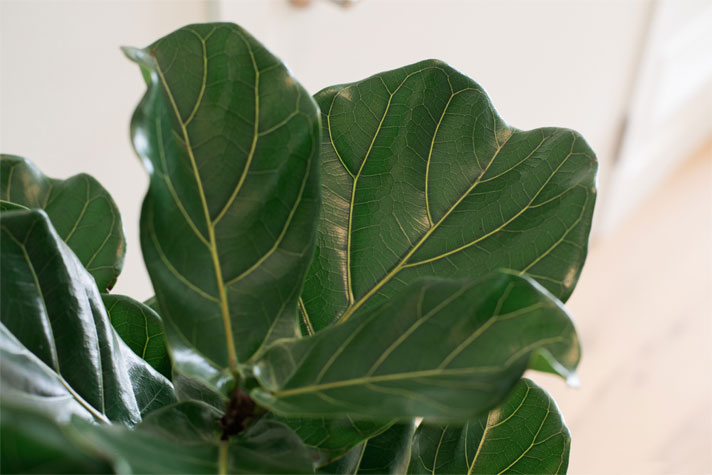
Caring for this plant can take a bit of effort, but even though you will need to be aware of what the plant needs to grow, it is not difficult to care for. Since the leaves are so large on this plant, you may want to stick to a pot that does not draw too much attention away from the plant.
Potting Requirements
Since this is a rather large plant, you can expect it to grow quite a bit over a year, so in most cases, you will need to repot the fiddle leaf fig on an annual basis. This fast-growing plant has quite an aggressive root system, so it is likely that you will need to choose a larger size pot each year or simply trim the rootball a few inches so that the plant still fits in the same pot. If you want the plant to remain roughly the same size, trimming the rootball will ensure that the plant does not grow too much over the year so that this is possible. In general, the plant’s roots should never be reduced by more than 20 percent when they are trimmed.
Light Requirements
This is a plant that requires a lot of sunlight, but it prefers the light to be filtered instead of direct sunlight. This is why it is a great plant to grow indoors, especially if you have a room with a lot of large windows that will let the light in daily. If you find that your plant is leaning towards a window to get more light, turn the pot so that it grows in a more symmetrical fashion. In fact, you may want to turn the plant once every week or so to ensure that it grows straight.
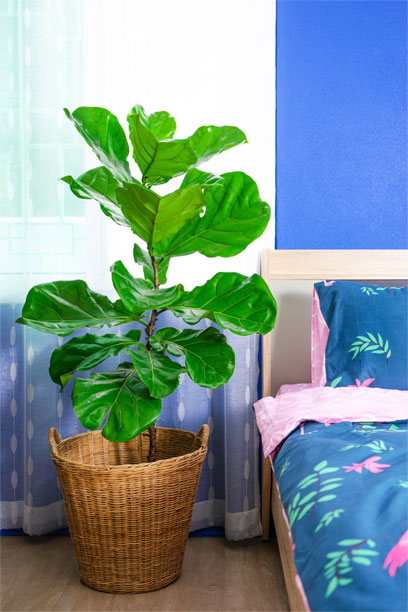
Temperature Requirements
Because this is a tropical plant, the fiddle leaf fig is going to prefer warm temperatures. Typically, it will grow best between 60 degrees Fahrenheit and 80 degrees Fahrenheit. It also does not grow well when the temperature fluctuates drastically from one minute to the next, so if you live in a place where the temperatures drop overnight, or there are a lot of drafts in your home, then this plant may not thrive. In fact, it prefers a bit of a humid environment, and too much of a draft could minimize the amount of humidity in the air. Humidity between 50 and 70 percent is ideal for this type of plant.
Watering Requirements
It is essential to keep the soil that your fiddle fig leaf is growing in moist, but do not let it sit in water or be too wet because the leaves will begin to drop and root rot can easily occur as well. Before you add water to the soil, make sure to check the moisture level with your fingers; it should feel dry to the touch before you give the plant more water.
Soil Requirements
In combination with the amount of sun and water that the plant needs, you are going to need to find a type of soil that is well draining so that the water does not sit in the soil. The plant will absorb what it needs, and then the remainder will drain out of the pot that you are using. It is important to use a pot that has adequate drain holes as well.
Pruning Requirements
If you want your plant to be healthy, you are going to need to prune it from time to time. You may need to prune your plant’s leaves because of an illness that is found on a few leaves. Removing those leaves will ensure that the sickness does not spread. Pruning may also simply be done to reshape or cut back a tree that is getting too tall for your living space. Also, make sure to remove branches that are crossed to reduce overcrowding and increase airflow.
To prune, you will need to make sure that you have a pair of pruning shears that are sharp enough to cut through the stems of the plant without crushing them. When you are pruning, make sure to keep the trim under 10 percent so that the plant continues to grow instead of going into shock. Once the trimming is complete, the branches that were cut tend to split into two to give it a fuller, healthier look.
Fertilization Requirements
When it comes to fertilizer, the fiddle leaf fig does not require a lot, but it will help encourage growth if it’s given to the plant at the right time. For example, a bit of fertilizer will help your plant to grow when it is first planted in your home as well as any time that you transplant it into another pot. A little bit of liquid fertilizer should be given to the plant when it is pruned, but if you are feeding it regularly, it is best to only give the plant a small amount once a month.
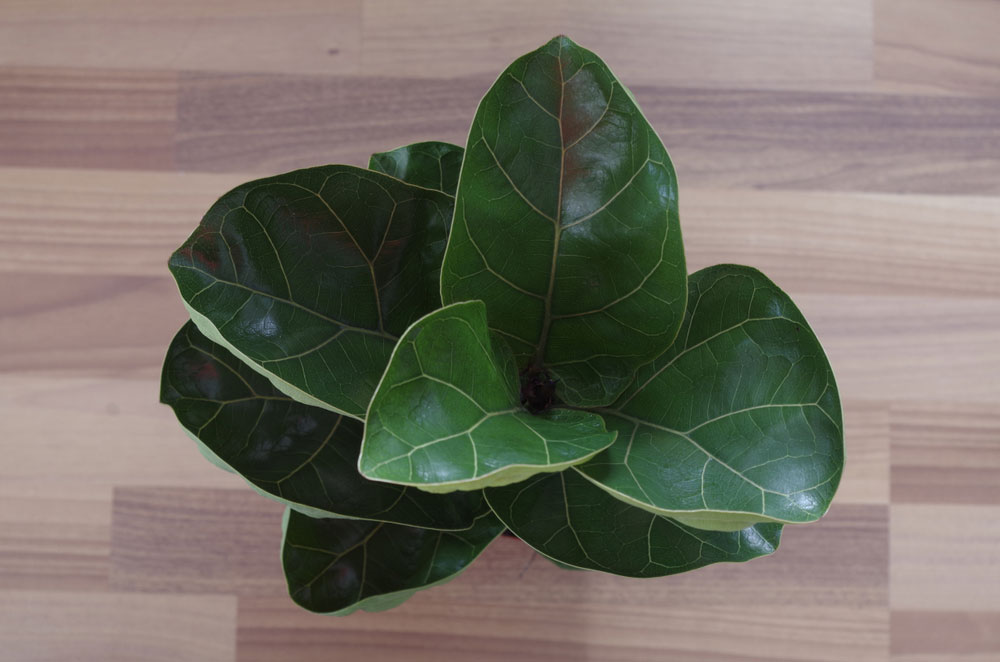
Propagation
If you are looking to propagate your fiddle leaf fig, then you can either do so by growing the cutting in water or soil. Most people choose to propagate these plants in water. To do so, all you need to do is make a cutting below the leaves that you want to remove, leaving a little bit of the stem attached to the cutting. Place the cuttings in a vase, keeping the ends of the stems submerged in water for six weeks. After a few weeks, you will see roots sprouting. After the roots form and begin to grow, you can transfer the cutting to the soil. It should be planted in a pot that is about four inches deep to start.
If you are propagating the fiddle fig leaf plant in soil, you start by making the same cutting. Then, you place the cutting in a small pot with damp soil. As the soil dries, you will need to dampen it again so that the cutting can take root. This method should also take about six to seven weeks to take root.
List of Common Problems and Solutions for Fiddle-Leaf Fig
There are a few issues that you may experience with this type of plant, but with proper care, you will be able to solve the problem with ease. Some of the more common problems include:
- Root Rot: If your plant has poor drainage, root rot can easily form. If you see brown spots on the leaves, you should remove the plant from the pot that it is growing in to see if the roots are brown and soggy as well. If so, remove the infected roots and leaves and allow the plant to dry out before adding more water.
- Bacterial Infection: If you have noticed that your plant’s leaves are turning yellow, then it may be experiencing a bacterial infection that will eventually cause the leaves to fall off entirely. This is a complicated issue to solve because if the infection is too severe, the plant may not respond to treatment. If there is still hope for the plant, you will need to cut away all of the infected leaves and roots.
- Insect Damage: If you are noticing small holes, webs, or insects on your fiddle-leaf fig, then there is a good chance that you have an infestation. To get rid of the pests, simply place some baking soda in a spray bottle of water and spray the plant. Make sure to keep the infected plant away from others and don’t forget to treat the underside of the leaves.
- Sunburn: This is a plant that does not like direct sunlight, so if you find the leaves have white spots on them, the plant may be getting too much sun. To solve this issue, simply move the plant to a location that is protected from direct sunlight.

